I recently noticed a Twitter thread by @darth that placed the “Avenge The Fallen” tagline of the upcoming Avengers: Endgame movie on top of deceased characters. So, in the spirit of fun-yet-educational content, I created this series of images about decommissioned commercial nuclear reactors in the U.S.
This post is expanded off of a tweet thread with much of the same content, but with many more broken links (oops). I’d recommend reading the content here.
Some quick terminology first. This article only consists of commercial nuclear plants that have been officially designated by the NRC as decommissioned or decommissioning. Once a reactor has been permanently shut down, it takes years or decades to fully dismantle it and return the land, and these reactors are in varying stages of the process. Some have been returned to “greenfield” status, where no buildings remain and the land has been released for unrestricted use. Others have only recently shut down and no decommissioning activities have yet taken place.
Some terms used in decommissioning a nuclear reactor
- DECON is the status where a reactor is currently being dismantled. Some plants enter DECON shortly after shutdown, while others remain in standby before entering DECON.
- SAFSTOR basically means putting the reactor in a safe monitored state and waiting years or decades to let some of the radioactive materials with short half-lives decay away. This exposes workers to much less dose when dismantling but obviously takes a much longer time.
Finally,
- ENTOMB means encasing the site in concrete. We have never done this in the US and there are no plans to do so. The famous sarcophagus surrounding Chernobyl unit 4 is an example of ENTOMB.
And now without further ado, The Fallen
Elk River
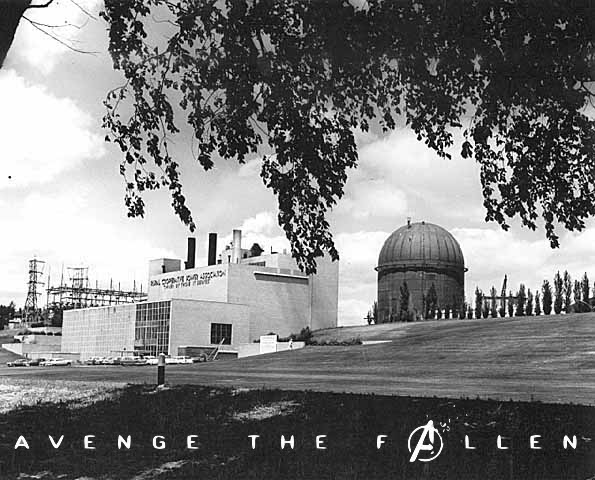
Elk River (MN) was a small, 60 MWt reactor built for the Rural Cooperative Power Association (RCPA). It operated from 1962 to 1968 and was dismantled and decommissioned by 1974. On the same site a coal/oil-fired plant operated until 1989 before being converted to run on refuse. It was recently announced that the refuse plant will close due to low electricity prices.
More reading:
Pathfinder

Pathfinder (SD) was a proof-of-concept reactor that used superheated steam but never operated at its full power of ~200 MWt. The reactor vessel was removed 23 years after the reactor was shut down and the plant operated as an oil/gas-fired peaking plant until 2000. The US has not used superheated reactors since Pathfinder.
More reading:
- City’s nuclear age lasted only a year | Argus Leader
- Pathfinder: A Path Not Taken | ANS Nuclear Cafe
Fort St. Vrain
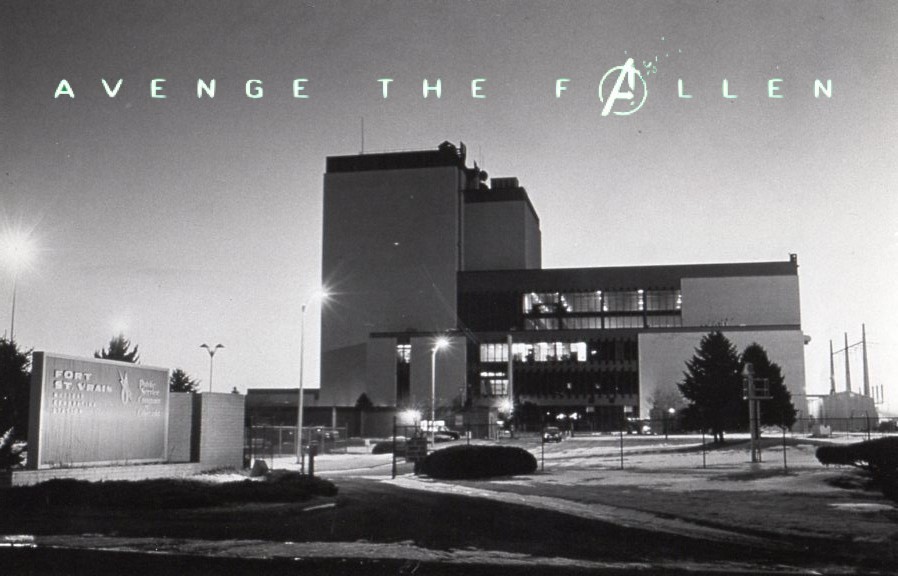
Fort St. Vrain (CO) was a high-temperature gas reactor, the second to be built in the US. Unfortunately, it had measly 14% capacity factor, dismal even for the much lower national average in the 1980’s. After the reactor was decommissioned in 1992, the facility was converted to natural gas combustion (and eventually natural gas combined-cycle). It still operates today and its owner, Xcel Energy operates an Eagle Cam on site.
More reading:
- Fort St. Vrain plant provides storied history | Boulder County News
- Safest Reactor Is Closing Because It Rarely Runs | New York Times (1988)
Rancho Seco
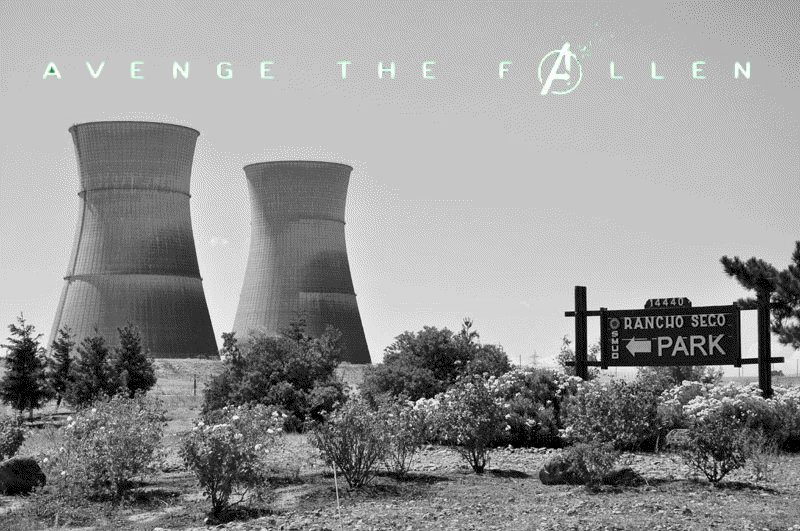
Racho Seco (CA) operated from April 1975 to June 1989 and was closed by a public vote by Sacramento citizens. It had a troubled history of shutdowns, accidents, and cost overruns. The plant completed DECON and the U.S. Nuclear Regulatory Commission (NRC) recently approved the site for unrestricted release.
More reading:
- Cooling Accident at Rancho Seco Chills Nuclear Power Industry | L.A. Times (1986)
- Voters, in a First, Shut Down Nuclear Reactor | New York Times (1989)
Saxton

Saxton (PA) was a small 23.5 MWt reactor. Although it produced power as a commercial plant, it was designed mainly as a research station. It was shut down in 1972 and has completed decommissioning
More reading:
Shoreham
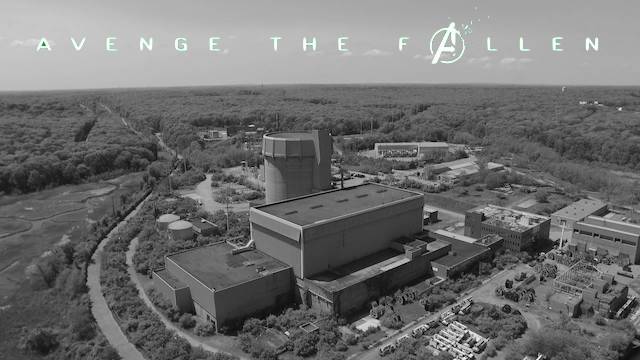
Shoreham (NY) was built on Long Island and faced constant public opposition during construction. It was never given a NRC license to operate and eventually sold its unused fuel to the Philadelphia Electric Company. It has been fully decommissioned.
More reading:
- Dismantling of the Shoreham Nuclear Plant Is Completed | New York Times (1994)
- Shutdown at Shoreham | ANS Nuclear Cafe
Yankee Rowe
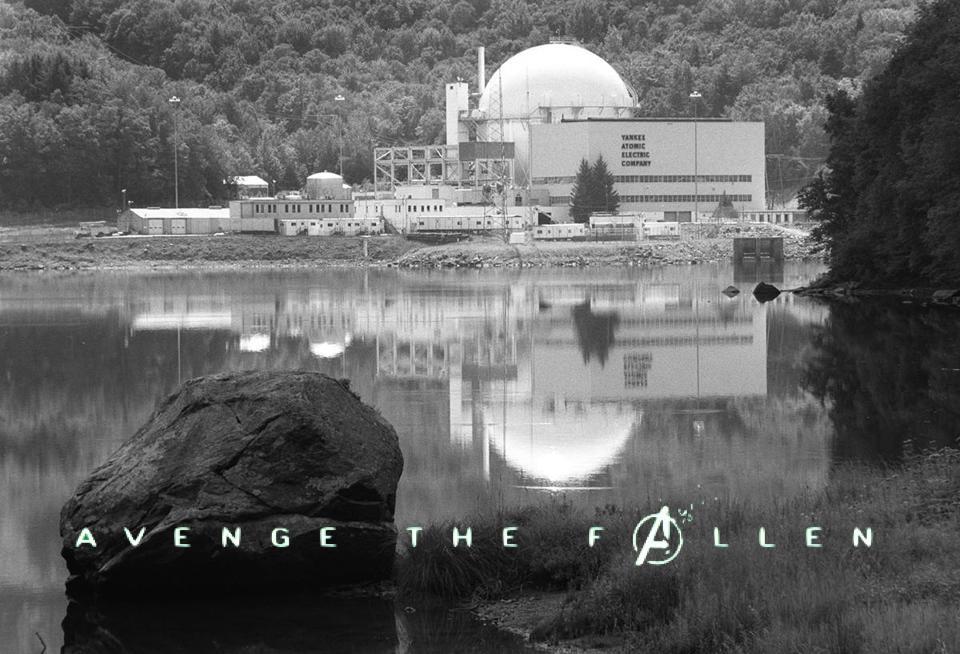
Yankee Rowe (MA) was the first nuclear plant in the northeast. Sometimes referred to as just Rowe, the plant began commercial operation in 1961 and was shut down in 1992 due to reactor pressure vessel embrittlement concerns and economic factors. Decommissioning was completed in 2007.
More reading:
- Yankee Rowe was a powerful piece of history | Greenfield Recorder
- Lessons From Closing Of Mass. Nuclear Plant | WBUR Radio Boston
- A Yankee Success Story in Pictures | ANS Nuclear Cafe
Trojan

Trojan (OR) successfully defeated 1986, 1990, and 1992 ballot measures to close or prohibit operation of the plant. However, cracks and leaks of steam generator tubes lead to an early shutdown in 1993. The plant has completed decommissioning and the land
More reading:
- Progress and economy: the clash of values over Oregon’s Trojan Nuclear Plant
- OREGON REACTOR TO BE SHUT DOWN | New York Times (1992)
- Trojan Nuclear Site Spent Fuel Storage | Oregon Department of Energy
Haddam Neck/Connecticut Yankee
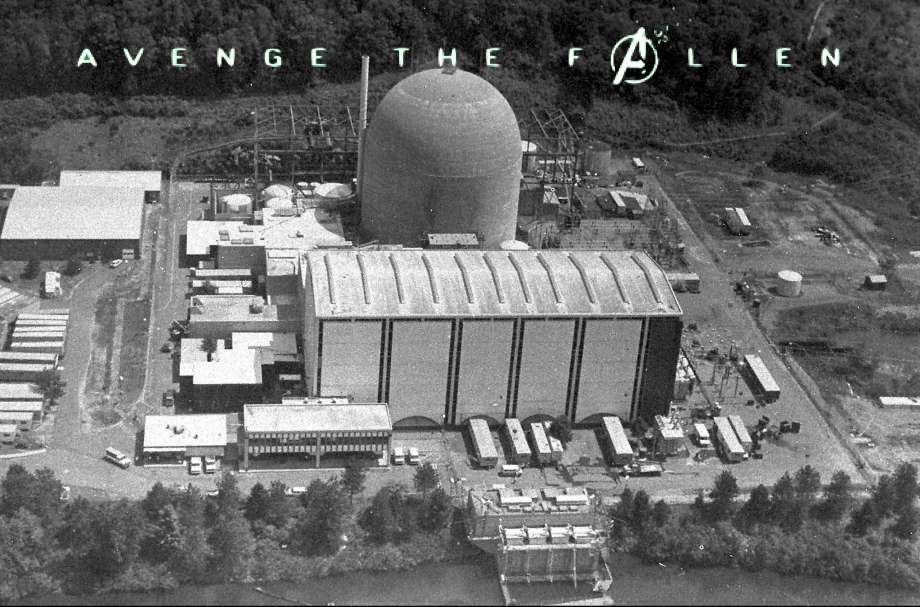
Haddam Neck/Connecticut Yankee (CT) operated for nearly 29 years but was closed due to its high operational costs, especially compared to the low price of oil and gas at the time. It underwent DECON, which was completed in 2007
More reading:
- Connecticut Atom Plant Likely to Close | New York Times (1996)
- PICTURES: Connecticut Yankee Nuclear Power Plant Through The Years | Hartford Courant
- Connecticut Yankee Decommissioning
Maine Yankee
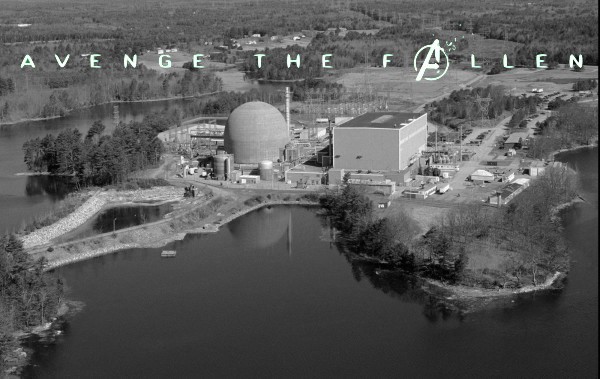
Maine Yankee (ME) operated as Maine’s only nuclear plant from 1972 through 1996. It was the state’s largest generator of electricity but like other plants in the northeast, it was shut down over lack of economic viability. During its tenure, three state-wide anti-nuclear energy referenda in 1980, 1982, and 1987 failed to close the plant. DECON was completed in 2005
More reading:
- MAINE YANKEE NUCLEAR POWER PLANT DECOMMISSIONING & DEMOLITION
- Nuclear Energy for Maine? | Maine History Online
Big Rock Point

Big Rock Point (MI) was the fifth commercial nuclear power plant in the U.S. It was named after a large boulder that the Odawa used as a gathering point. The plant was shut down in 1997 and has completed DECON
More reading:
Vallecitos

Vallecitos (CA) is the site of two decommissioned reactors, the Vallecitos boiling water reactor (VBWR) and less commonly known, the 12.5 MWt ESADA Vallecitos Experimental Superheat Reactor (EVESR). Both are in SAFSTOR
More reading:
N.S. Savannah
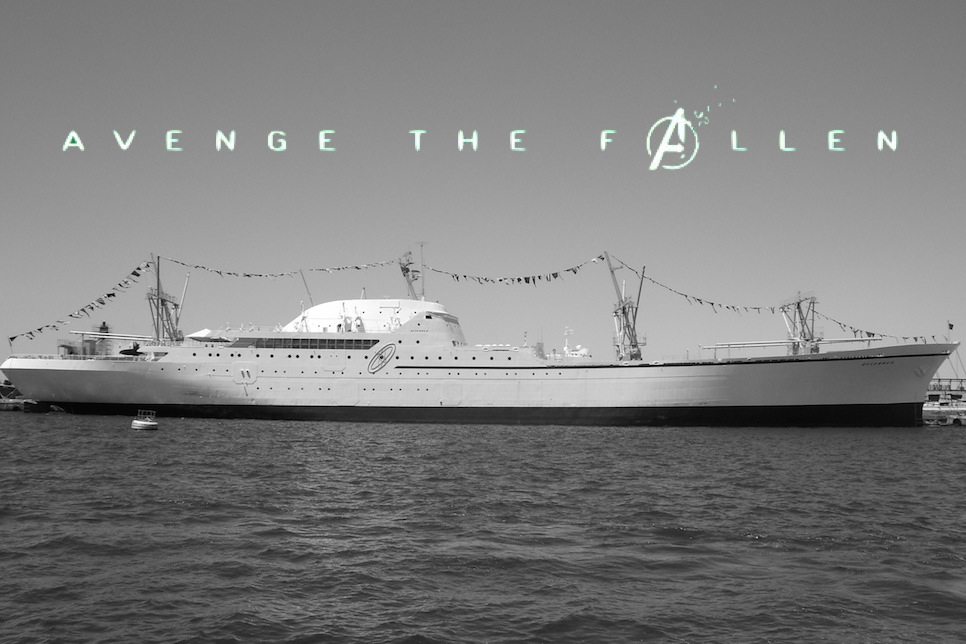
The NS Savannah was the first nuclear-powered merchant ship. After being taken out of service, the Savannah was part of the Patriot’s Point Naval and Maritime Museum from 1981 to 1993 but was eventually returned to the Maritime Administration and now rests in Baltimore.
More reading:
- TOUR OF NS SAVANNAH San Francisco Maritime National Park Association
- Why Did The NS Savannah Fail? Can She Really be Called a Failure? | Atomic Insights
- NS Savannah | ASME Landmarks
- Nuclear Ship Savannah | Atlas Obscuras
Fermi 1
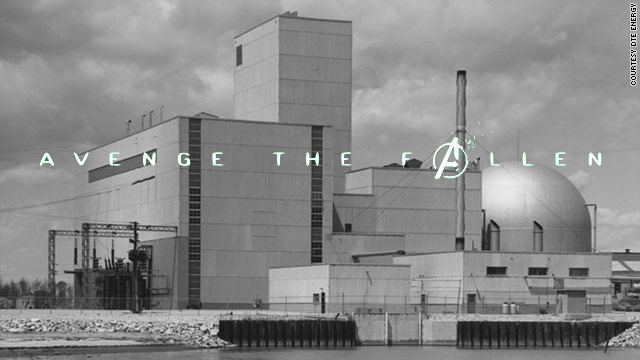
Fermi 1 (MI) was a prototype sodium-cooled fast breeder reactor that suffered a partial core meltdown. The reactor remained shut down for four years before eventually being restarted for a short time before permanent shutdown. Fermi Unit 2, a BWR, is still operational on site.
More reading:
- U.S. nuclear plant had partial meltdown years before Three Mile Island | CNN
- http://mragheb.com/NPRE%20457%20CSE%20462%20Safety%20Analysis%20of%20Nuclear%20Reactor%20Systems/Fermi%20I%20Fuel%20Meltdown%20Incident.pdf
Indian Point 1

Indian Point I (NY) was a 615 MWt PWR. The initial core load used thorium fuel. It sits in SAFSTOR as the other two units on site are still operational. In 1972, Indian Point owner Con Edison was fined for killing fish due to the plant’s heated discharge water. The fine was $500 plus $10 for every fish killed, which added up to a massive $1.5 million.
More reading:
Peach Bottom 1
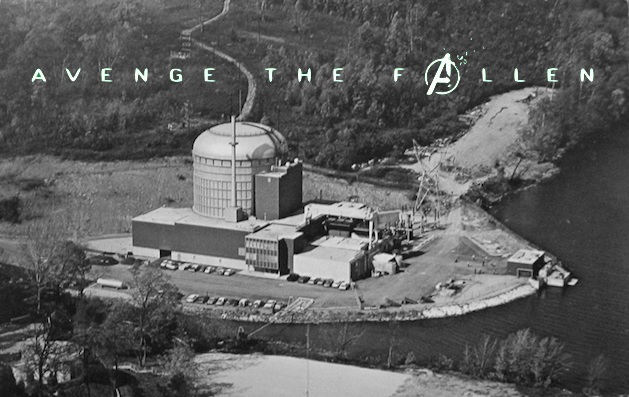
Peach Bottom 1 (PA) was the first high-temperature gas reactor in the US and operated from 19967 to 1974. While the fuel has been removed and the spent fuel pool decontaminated, most of the plant still remains in SAFSTOR. Two BWR units remain operational on site
More reading:
Humboldt Bay
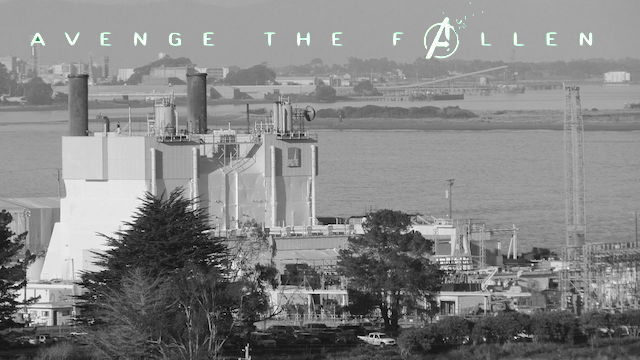
Humboldt Bay (CA) Unit 3 was a small natural-circulation BWR that operated from 1963 to 1967. There were two small fossil fuel plants already on site. The plant was placed in SAFSTOR but began active decommissioning in 2009
More reading:
Dresden 1

Dresden 1 (IL) operated commercially for 18 years as the first privately financed nuclear power plant in the US. Unit 1 is in SAFSTOR while units 2 and 3 remain operational on site
More reading:
- Atomic History: Dresden-1 | Atomic Power Review
- Pioneer Nuclear Plant Closing | The New York Times (1984)
- Exelon Nuclear Marks 50 Years of Nuclear Power during Dresden Unit 1 Celebration | Nuclear Street
Three Mile Island 1 and 2
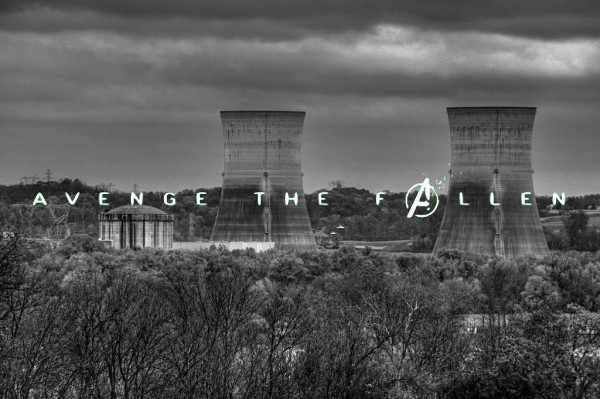
Three Mile Island Unit 2 suffered a partial core meltdown only months after it began commercial operation. It is the worst nuclear accident in the US despite releasing only a tiny amount of radiation to the environment. The plant is in SAFSTOR. Unit 1 continued to operate for 40 years after the TMI-2 accident, finally shutting down in September 2019 due to economic factors.
More reading:
- Backgrounder on the Three Mile Island Accident | U.S. Nuclear Regulatory Commission
- Three Mile Island Accident | World Nuclear Association
- The Three Mile Island 2 (TMI-2) Reactor Accident | Penn State University Libraries
- Three Mile Island 2 Recovery and Decontamination | Penn State University Libraries
- Three Mile Island Unit 1 closes for good, unable to run profitably | CBS News
La Crosse
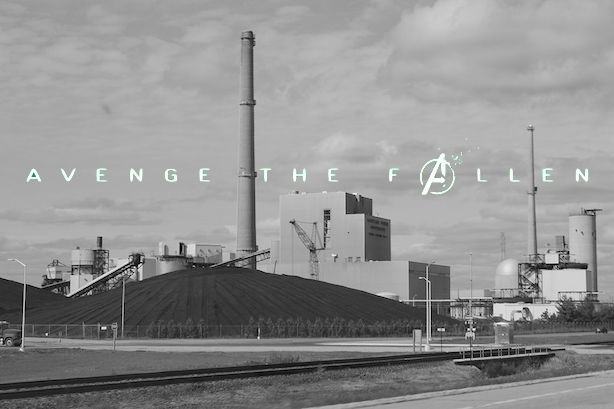
Lacrosse (WI) was a 50 MWe single-unit BWR funded as a joint effort between the Atomic Energy Commission and the Dairyland Power Cooperative. The plant is currently in DECON
More reading:
- The Challenge of Decommissioning a One-of-a-Kind Reactor | U.S. NRC
- LACROSSE BWR NUCLEAR DECOMMISSIONING | BLUEGRASS
- Decommissioning Debate Continues At Former Nuclear Power Plant Near La Crosse | Wisconsin Public Radio
Zion
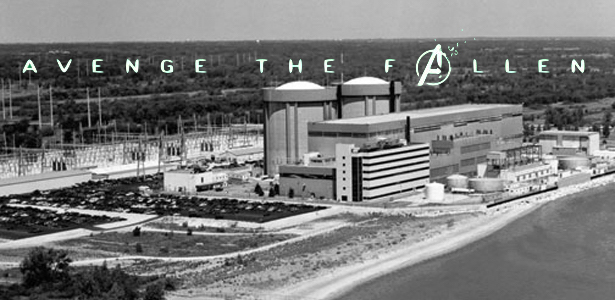
Zion (IL) was a two-unit PWR located north of Chicago on Lake Michigan. The plant shut down in 1998 and is currently undergoing DECON. Several of the buildings have been demolished in the last few years
More reading:
Millstone 1
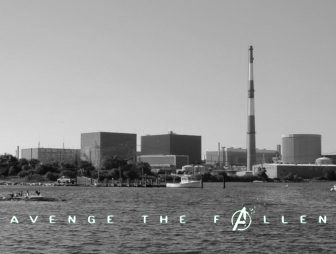
Millstone 1 (CT) was a BWR that permanently ceased operations in 1998. It sits in SAFSTOR while the two other units on site, both PWRs, remaining operating
More reading:
Kewaunee

Kewaunee (WI) was a single-unit two-loop PWR that operated from 1974 to 2013. The plant shut down due to lack of economic viability. The plant is in SAFSTOR
More reading:
- Lessons Learned from Kewaunee’s Closing | Power Engineering
- Nuclear plant’s closure leaves Wisconsin town fighting for its life | San Luis Obispo Tribune
San Onofre 1
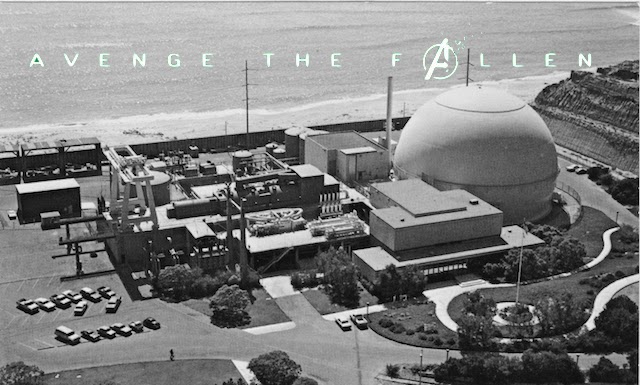
San Onofre Nuclear Generating Station (SONGS) 1 has been shut down since 1992. The site has been mostly decommissioned but the already-cut-up reactor pressure vessel still sits on site awaiting the decommissioning of units 2 and 3
More reading: See SONGS 2 and 3
San Onofre 2 and 3
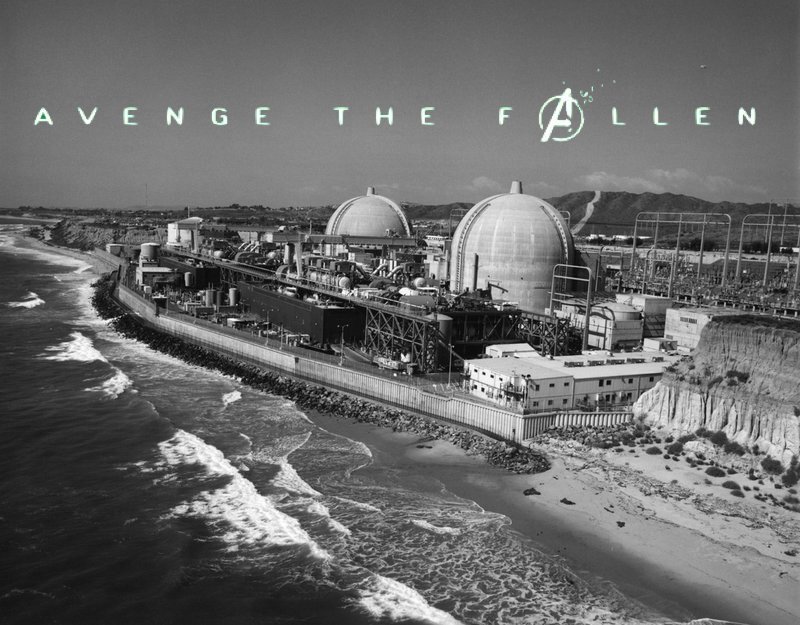
San Onofre units 2 and 3 operated from 1983/84 until 2013 and were placed in a DECON state.
More reading:
- Decommissioning San Onofre Nuclear Generating Station
- Cancer mortality patterns around the San Onofre nuclear power plant, 1960-1978. | American Journal of Public Health
- San Onofre Unit 1 Decommissioning
Crystal River 3
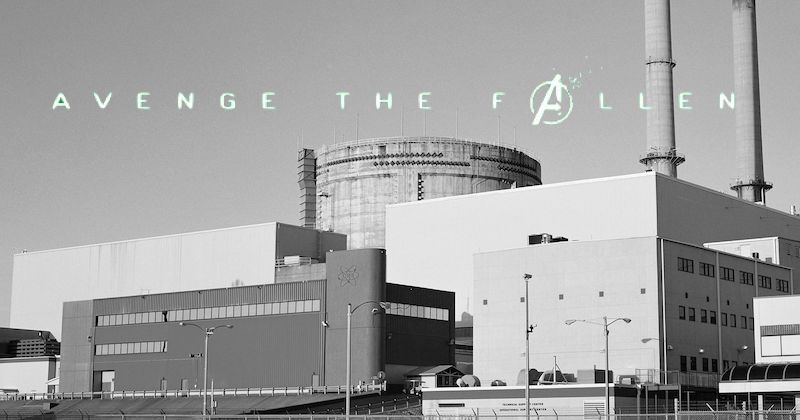
Crystal River 3 (FL) was a PWR that operated for 33 years until being permanently closed in 2013. The plant is part of the Crystal River Energy Complex, which also includes units 1, 2, 4, and 5, all coal-fired. The plant will be placed in SAFSTOR
More reading:
- Crystal River Nuclear Plant Overview | Duke Energy
- At nuke plant, big steps in long decommissioning process | Citrus County Chronicle
- Florida decommissioning cost drop signals nuclear industry progress | Nuclear Energy Insider
Vermont Yankee
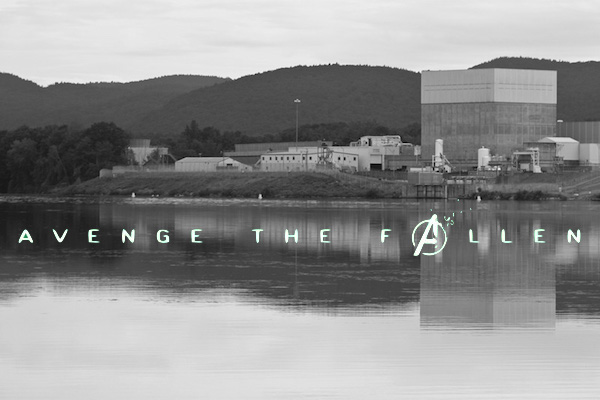
Vermont Yankee (VT) was a BWR that operated from 1972 to 2014 and accounted for about 35% of the state’s electricity consumption. It closed due to economic factors.
More reading:
- Vermont Yankee Decommissioning | NorthStar
- A BRIEF HISTORY OF VERMONT NUCLEAR POWER | State of Vermont Department of Public Service
- Vermont Yankee and the Courts’ Role in the Nuclear Energy Controversy | Harvard Law Review
Fort Calhoun
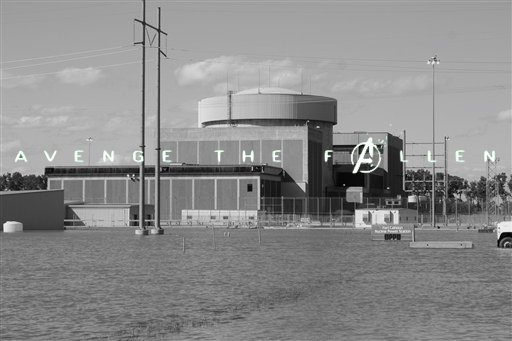
Fort Calhoun (NE) was a PWR that commissioned in 1973 and was officially closed in 2016. A 2011 fire resulted in the spent fuel pools going 90 minutes without cooling and the plant stayed shuttered for 3 years. It was the smallest nuclear plant in the country at its retirement
More reading:
- Today, Fort Calhoun nuclear plant will go offline for good, marking the end of an era at OPPD | Omaha World-Herald
- Nebraska Utility to Remain in Charge of Fort Calhoun Decommissioning | Radwaste Monitor
Oyster Creek
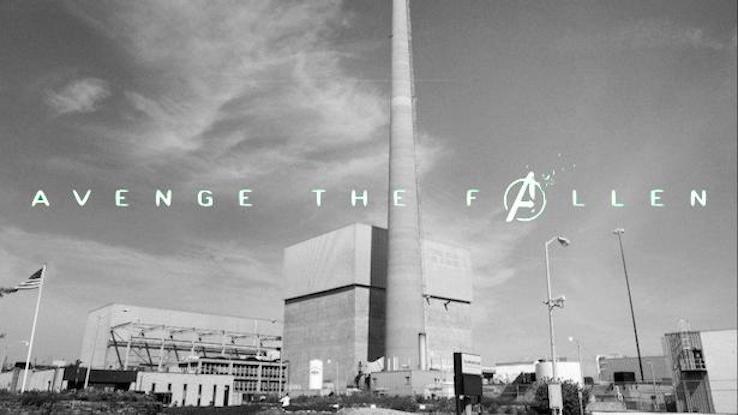
Oyster Creek (NJ) was a single unit BWR that shut down in September 2018, about a year before its 50th birthday. It was the oldest operating nuclear plant in the nation at the time of its closure. It is currently in SAFSTOR
More reading:
- Oyster Creek retires after 49 years | World Nuclear News
- Oyster Creek shut down: Lacey nuclear power plant, oldest in US, closed after 49 years | Asbury Park Press
The original twitter thread is here.
Note: the author interned at Oyster Creek Generating Station in summer 2015



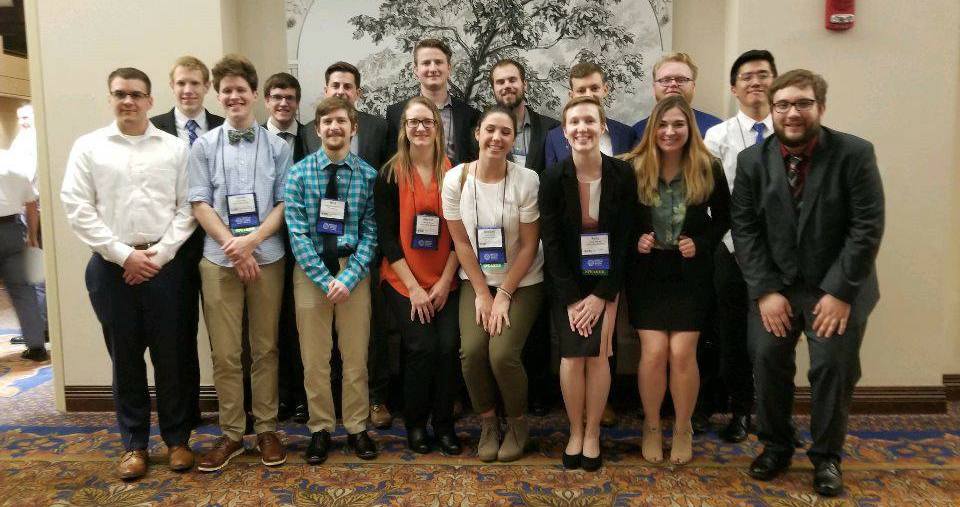
Comments